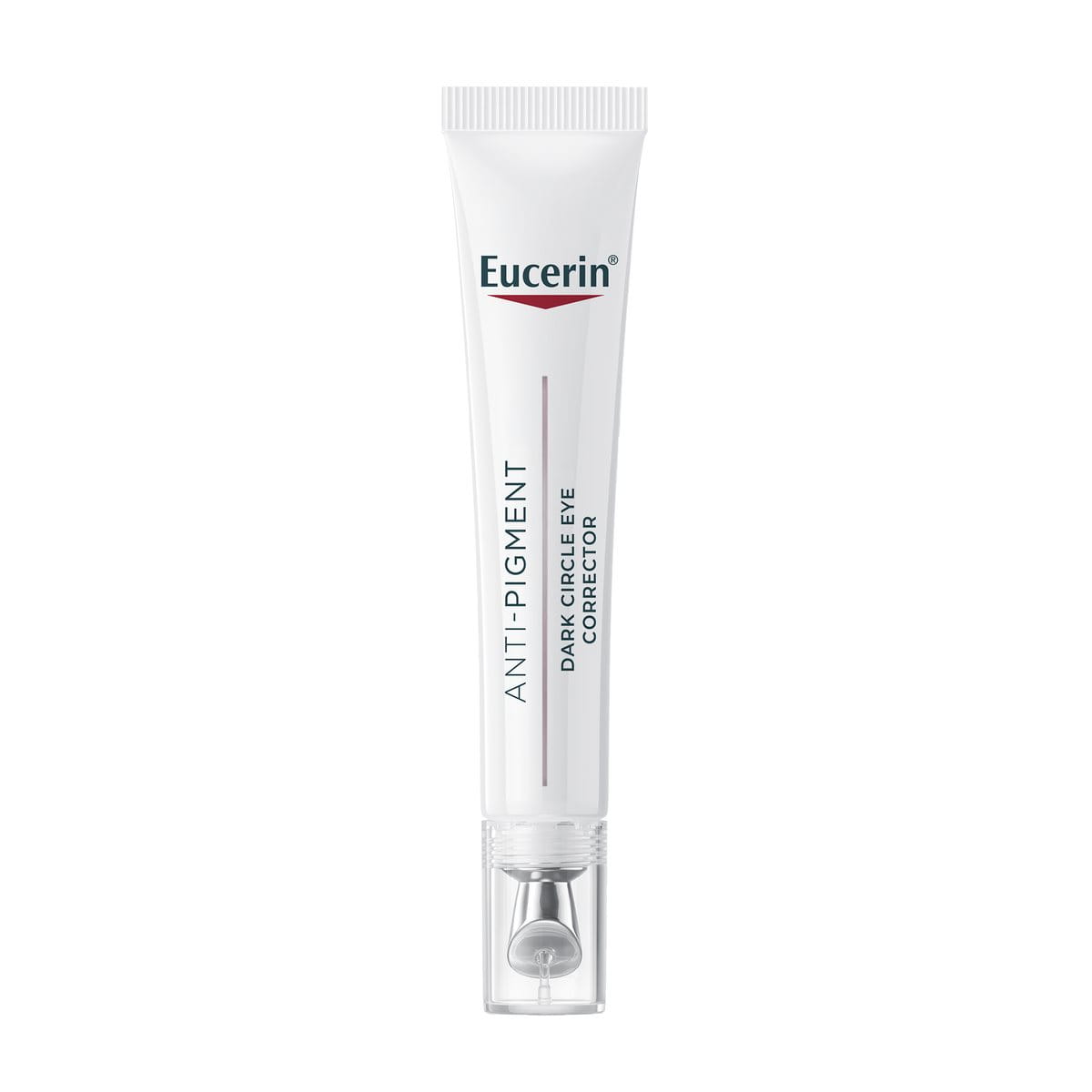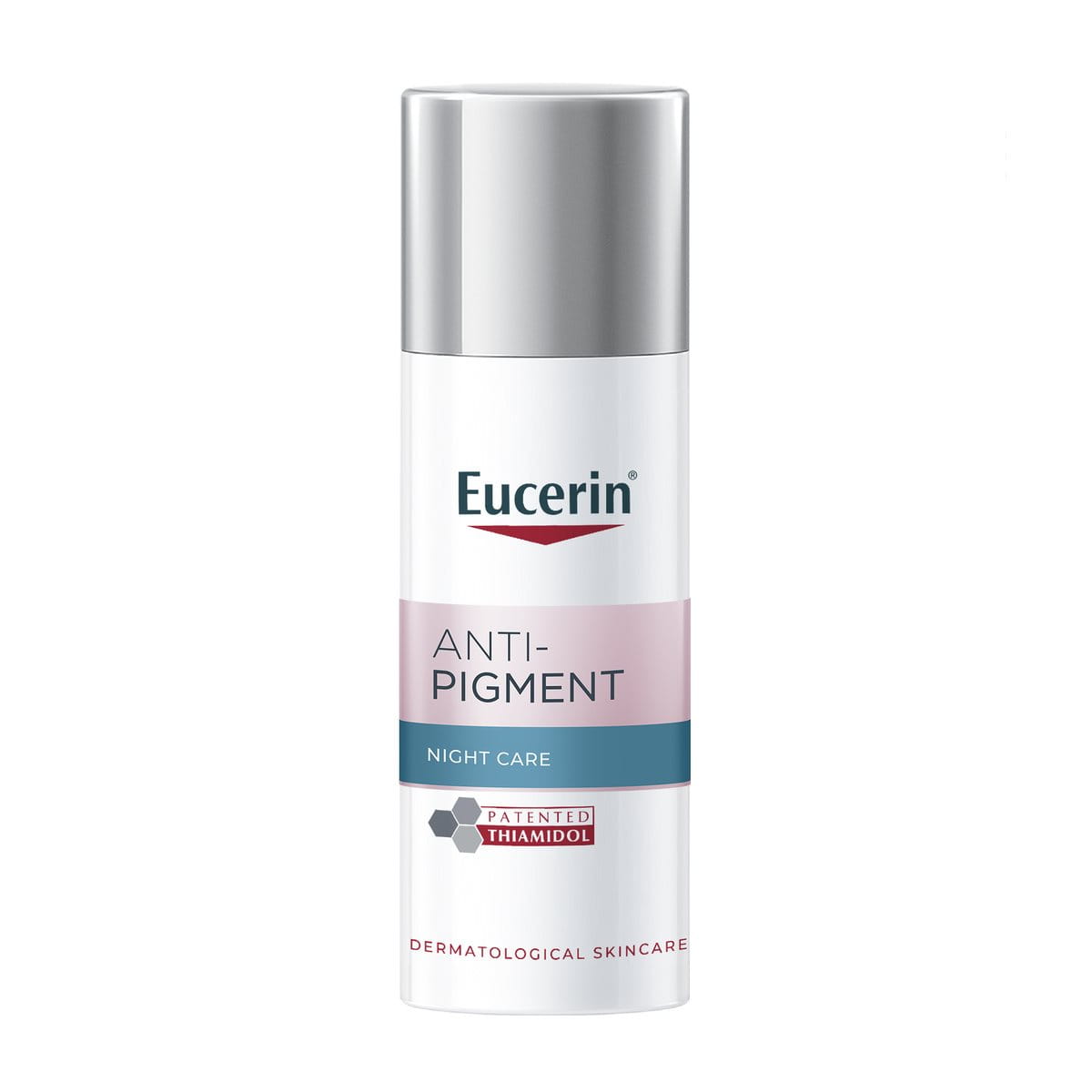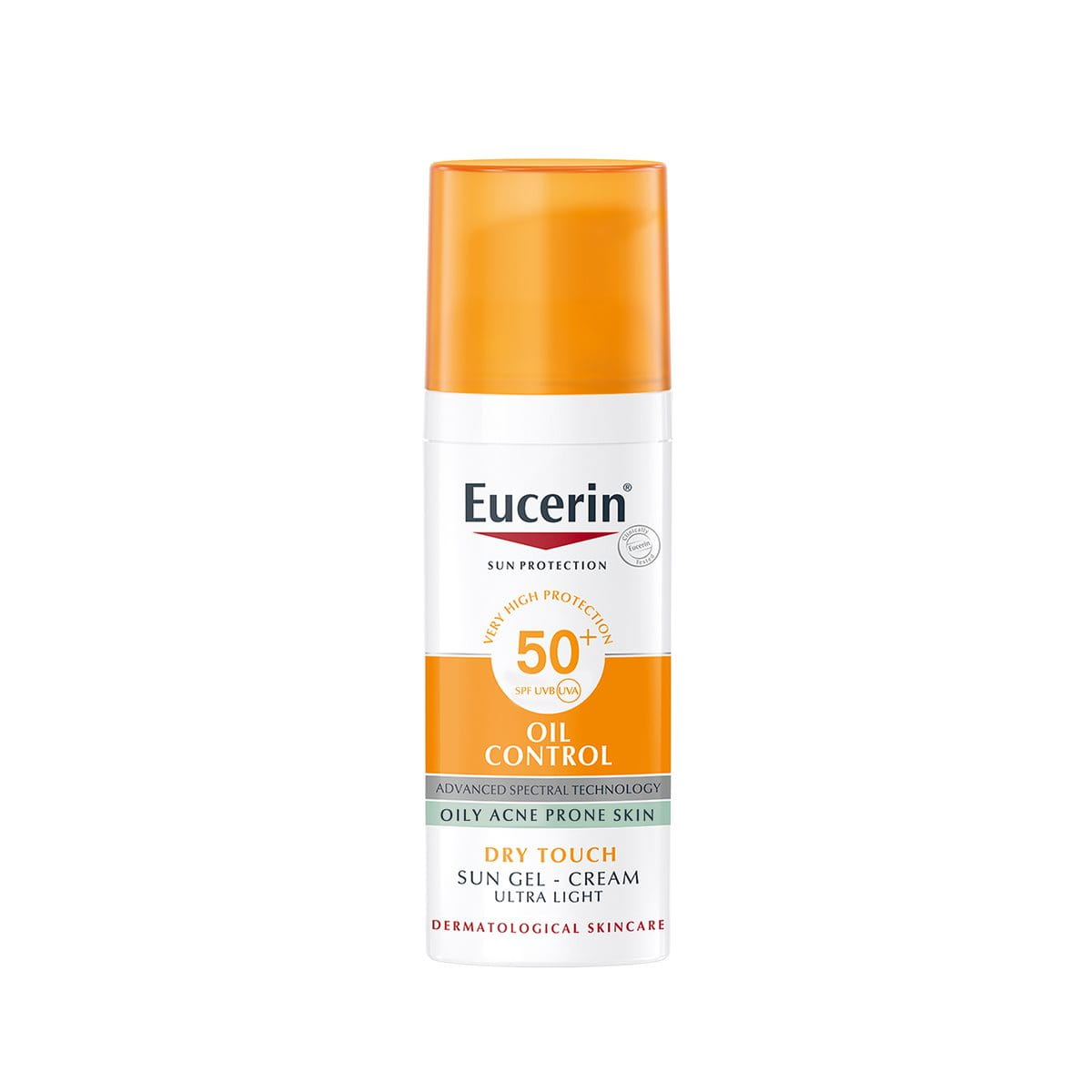Almost everyone has dark circles, regardless of age, skin type, and lifestyle. While they are not typically harmful, they can make you look tired, stressed, dull, and even a bit older than you are. This is why understanding how to remove dark circles and prevent them is a crucial part of skin regimens.
So dive right in to go through causes, cures, and the basics on how to reduce dark circles.
Keynotes:
- Genetics, allergies, lifestyle, or sun exposure can cause dark circles under your eyes.
- While learning how to remove dark circles, try brightening actives like vitamin C and Thiamidol, hydrating eye creams with hyaluronic acid, and lifestyle changes.
- Using sunscreen and following gentle skincare is key for preventing pigmentation.





